
This course is a science course, and the main purpose of science is to trace, within the chaos and flux of phenomena, a consistent structure with order and meaning. This is called the philosophy of rationalism, rational as in conforming with reason. And the purpose of scientific understanding is to coordinate our experiences and bring them into a logical system.

Thoughout history, intellectual scientific efforts have been directed towards the discovery of pattern, system and structure, with a special emphasis on order. Why? Primarily, the control of the unpredictable driven by the fear of the unknown. Those who persue answers are known as scientists. The main occupation of a scientist is problem solving with the goal of understanding the Universe.
Science, it is widely agreed, originated from two main sources. One was the need to develop practical knowledge and to pass it from generation to generation. The other was a more spiritual concern with the nature and origin of the world. Common to both of these well-springs of science was an appreciation of the regularity of Nature. One of the first scientists to make frequent use of the concept of a law of Nature, in the sense that we now use that term, was the Franciscan friar and scholar Roger Bacon (c. 1214-1292).
Scientific Method:
Scientific arguments of logic basically take on four possible forms; 1) the pure method of deduction, where some conclusion is drawn from a set of propositions (i.e. pure logic), 2) the method of induction, where one draws general conclusions from particular facts that appear to serve as evidence, 3) by probability, which passes from frequencies within a known domain to conclusions of stated likelihood, and 4) by statistical reasoning, which concludes that, on the average, a certain percentage of a set of entities will satisfy the stated conditions.

Example of confusing probablity data.
The fact that scientific reasoning is so often successful is a remarkable property of the Universe, the dependability of Nature.
To support these methods, a scientist also uses a large amount of skepticism to search for any fallacies in hypothesis or scientific arguments. In order to draw conclusions, a scientist uses the scientific method, a rigorous standard of procedure and discussion that sets reason over irrational belief. Central to the scientific method is a system of logic.
The scientific method has four steps:
Note that there is an emphasis on falsification, not verification. If a theory passes any test then our confidence in the theory is reinforced, but it is never proven correct in a mathematically sense. Thus, a powerful hypothesis is one that is highly vulnerable to falsification and that can be tested in many ways. Science can be separated from pseudo-science by the Principle of Falsification, the concept that ideas must be capable of being proven false in order to be scientifically valid.

Much of science education is the construction of a `mental toolbox' that, when applied to observations, is used to interpret within the framework of our current physics

Cause and Effect:
Newtonian or classical physics, and all sciences derived from physics, rests squarely on the principle of locality, the idea that correlated events are related by a chain of causation.
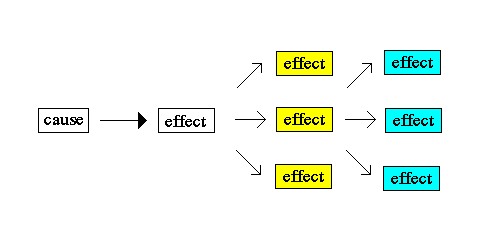
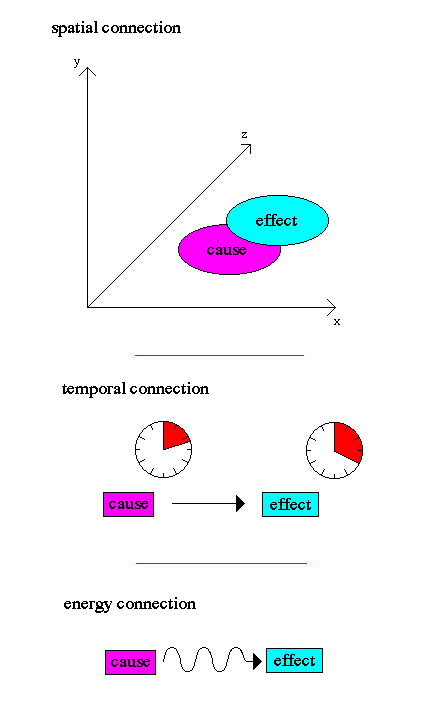
Also key to cause and effect is the concept that an object's existence and properties are independent of the observation or experiment and rooted in the material reality of Nature.
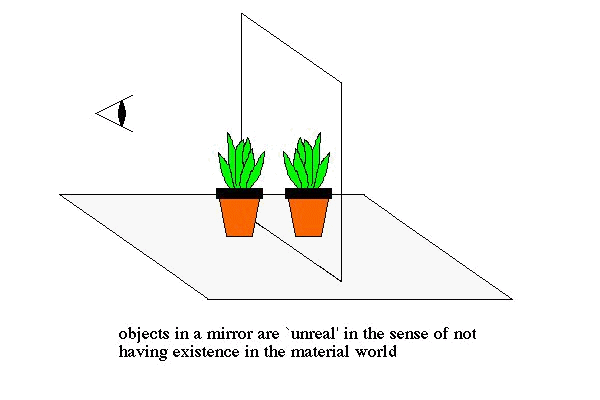
Reductionism:
Reductionism is the belief that any complex set of phenomena can be defined or explained in terms of a relatively few simple or primitive ones.
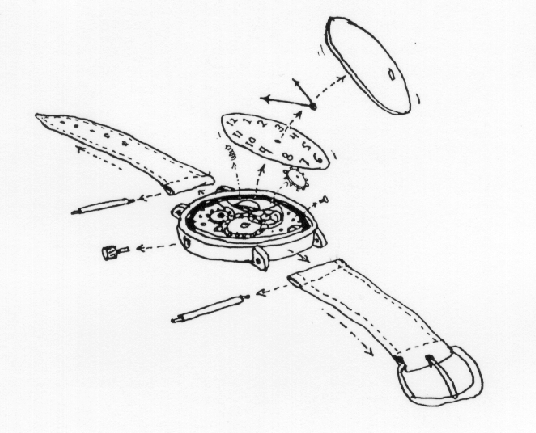
To a reductionist, once a set of equations or mathematical relations has been found to describe a system, then the behavior of the system is considered to be explained.
Reductionism was widely accepted due to its power in prediction and formulation. It is, at least, a good approximation of the macroscopic world (although it is completely wrong for the microscope world, see quantum physics).
Too much success is a dangerous thing since the reductionist philosophy led to a wider paradigm, the methodology of scientism, the view that everything can and should be reduced to the properties of matter (materialism) such that emotion, aesthetics and religious experience can be reduced to biological instinct, chemical imbalances in the brain, etc. The 20th century reaction against reductionism is relativism. Modern science is somewhere in between.
Astronomy:
The above concepts are applied, to varying degrees, by all sciences; geology, chemistry, biology, physics and astronomy. Astronomy differs from the other sciences in that:
(1) Astronomy involves many disciplines, but certain captures the imagination more than any other science.


Astronomy differs from other sciences in that:
Angular Measure:
At the center of all sciences, particularly astronomy, is a rigid mathematical system of measurements and observations. Thus, the language of science is mathematics. And observations are expressed in some basic physical units. In terms of size, area and volume, measurements in astronomy are usually performed using trigonometry, a system of lengths and angular measures. Angular measure is used to denote apparent size, then deduce absolute size if distance to object is known.
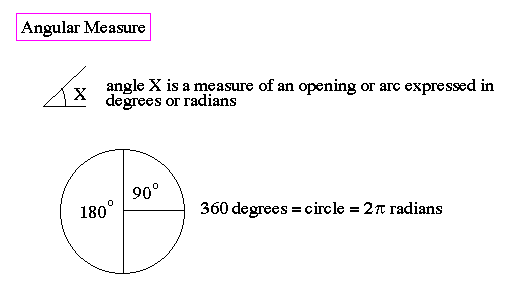
Exponents:
As many of the measurements in astronomy involve very large (and very small) numbers, we use the exponential system. Exponents are powers of ten notation, a short-hand method of expressing very large and very small numbers.
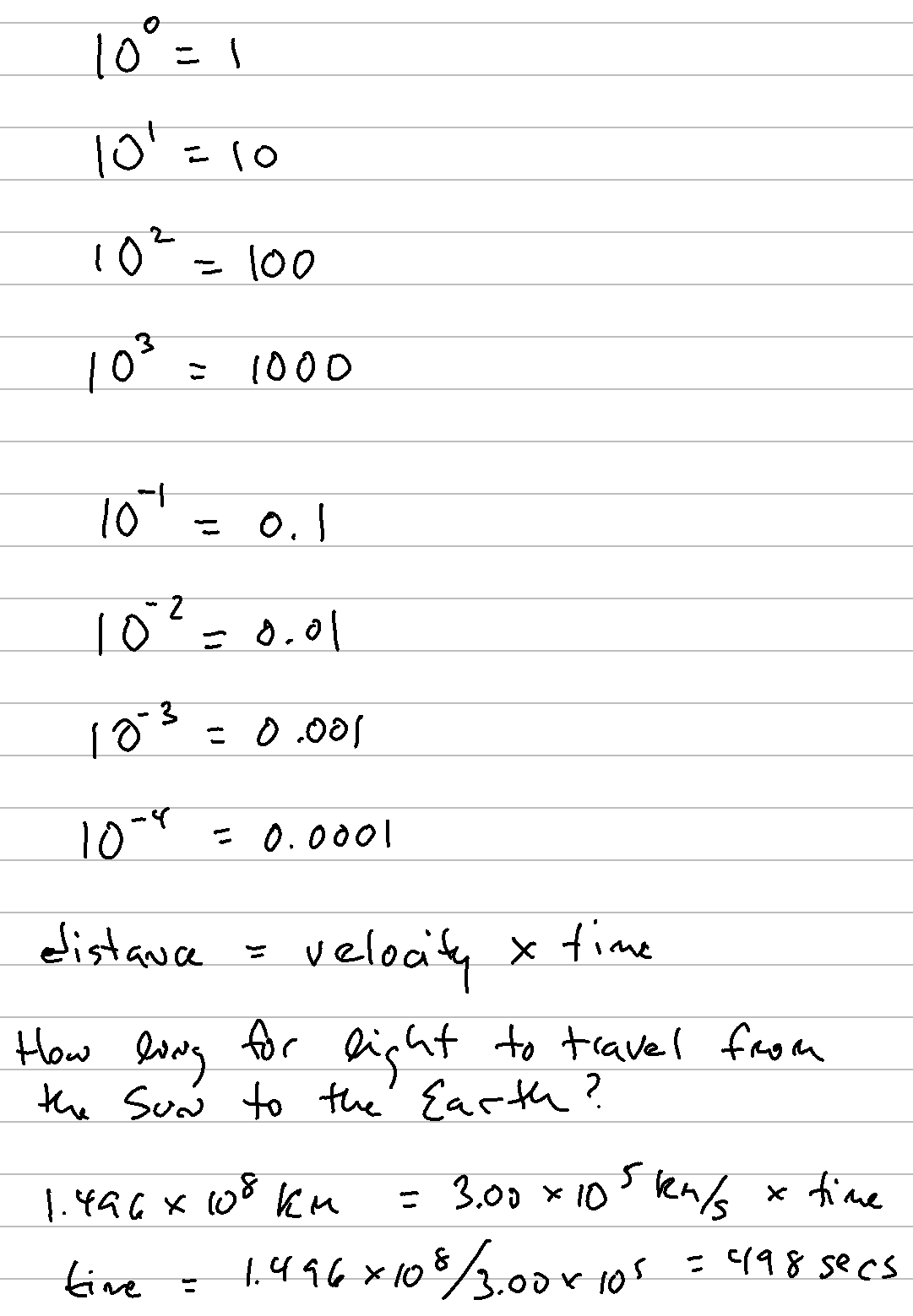
Scales:
Exponents are useful in astronomy since we are dealing with numbers ranging from atomic scale to size of Solar System. Consider the following example:
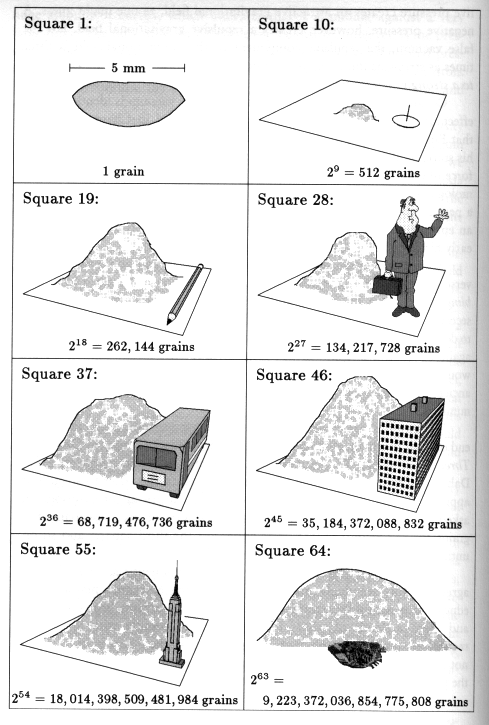

Physical Units:
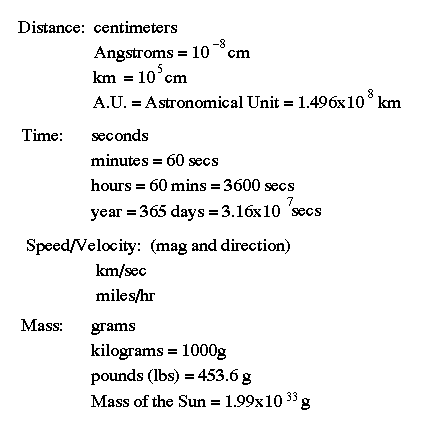

|
|

|